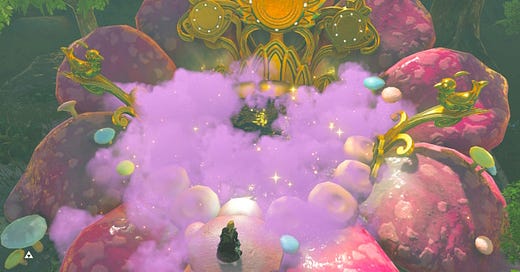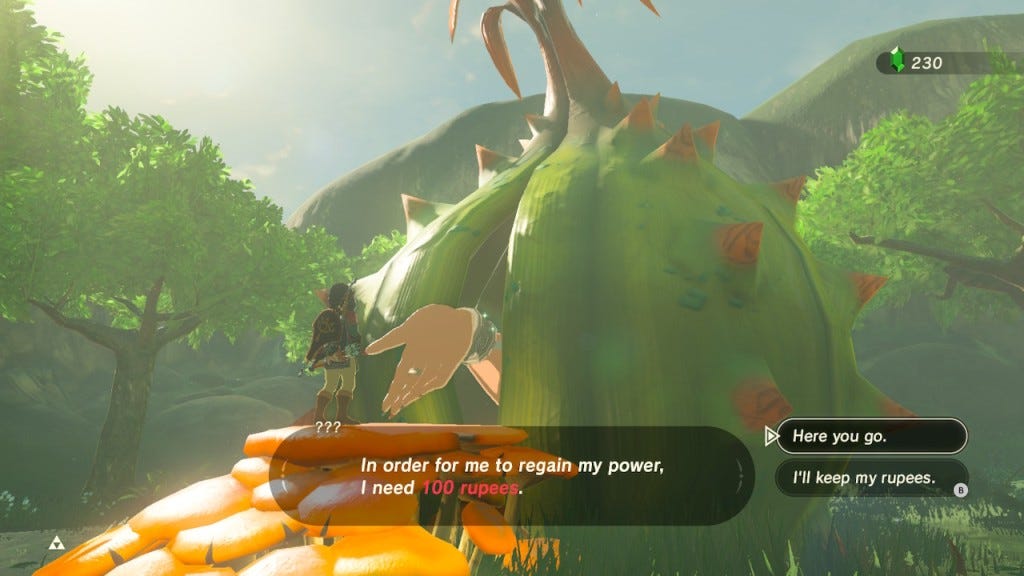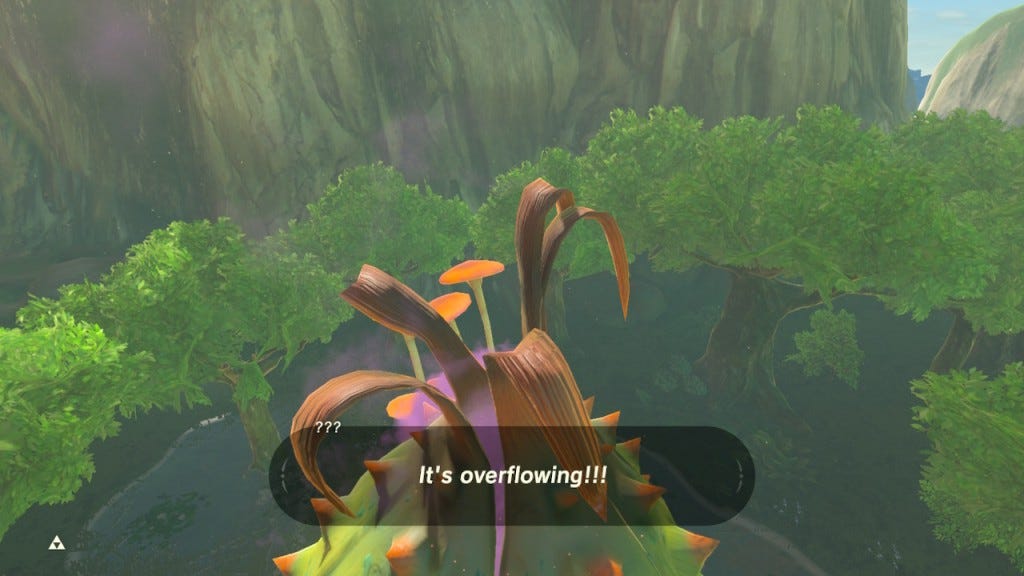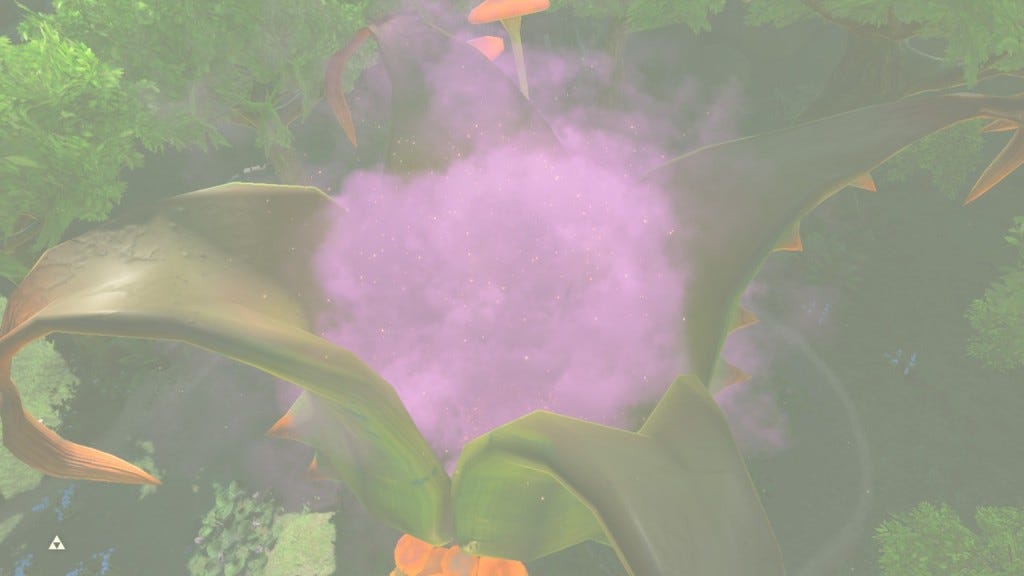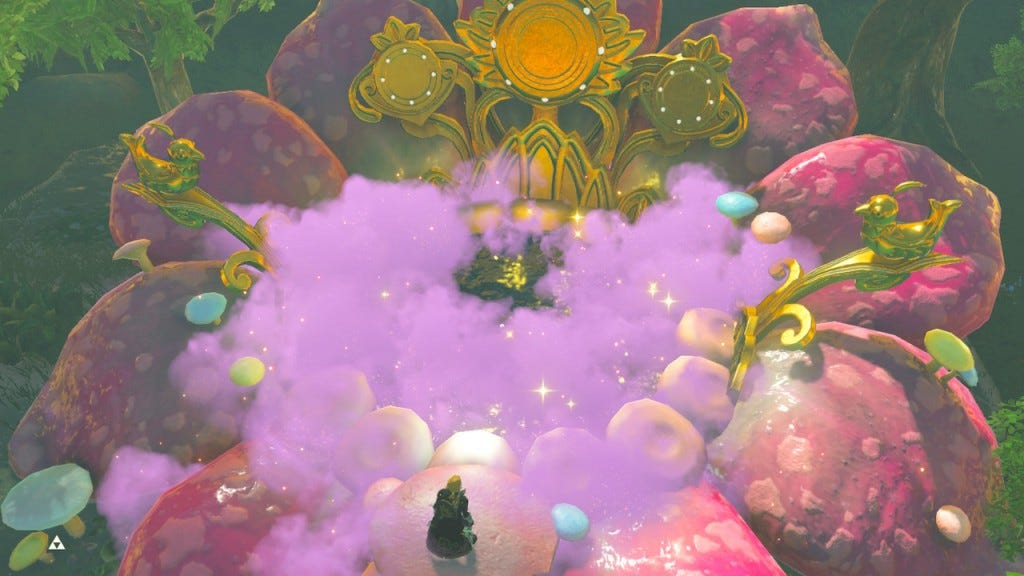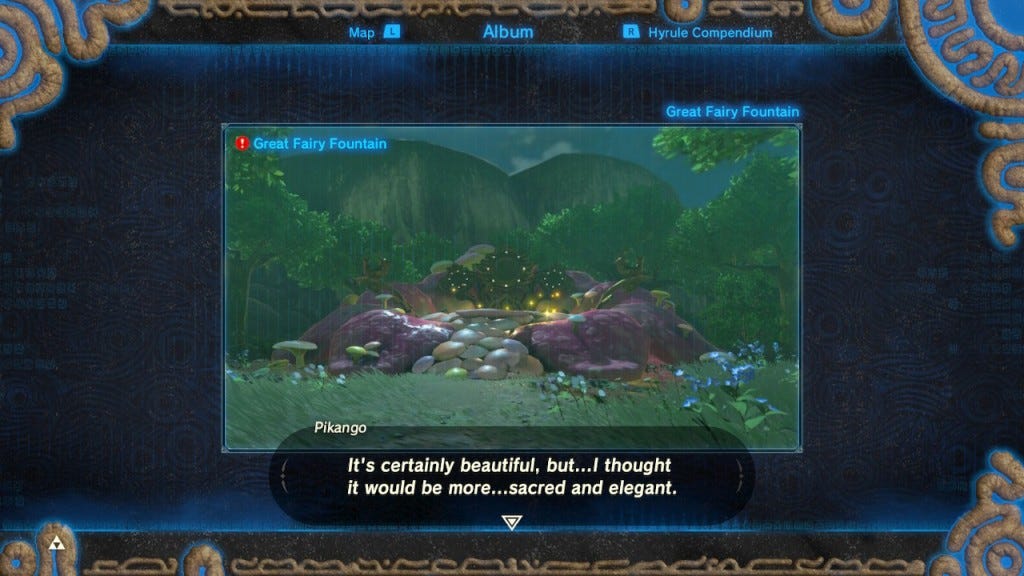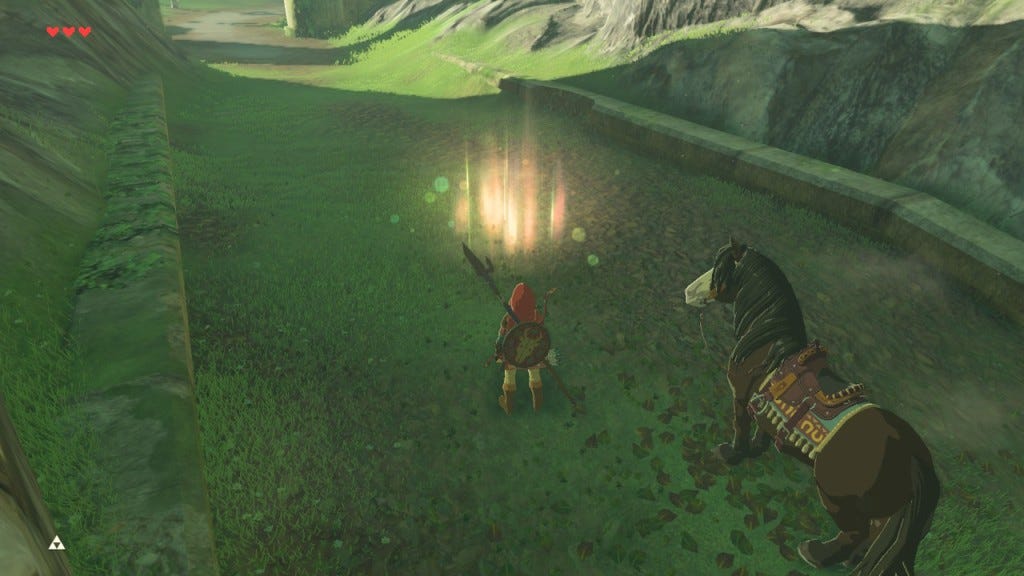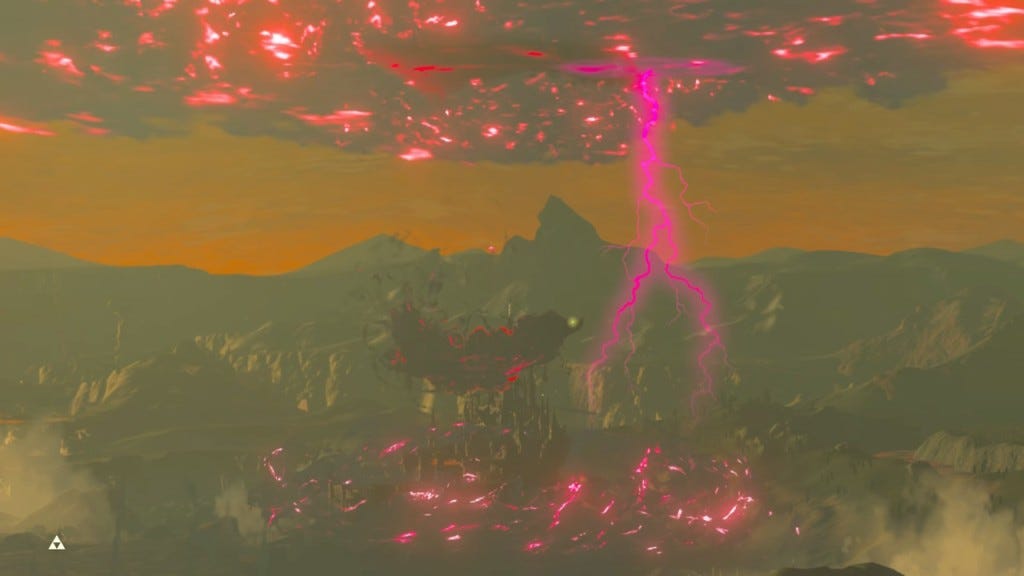This post will serve as a "bridge" or brief point of rectification to get all of my remaining ducks in a row for the rest of what will unfold here. Thus far, I have introduced many themes and here I will begin the process of bringing them together so that the reader can understand why I am including different plot elements. It would be possible to just come out and say a lot of what I am communicating here, but a lifetime of stuffing my nose into books taught me that some things are better conveyed by example and illustration. If I am careful, skillful, and open enough, I can distill the essence of a lifetime of my own trial and error in a way that, by freely sharing my own journey with you all, can transmit "the good stuff" and maybe save you some of the trouble I've lived through. Without further ado, I will spend this post arranging things so that in the next post, I can consolidate everything that has come so far in preparation for the next phase of this journey (after the next post, this category will begin to follow a firmer, more ordered narrative structure). Thus far, we have explored fantasy and The Hero's Journey, and we have explored some esoteric ideas. The primary contribution this post will make to the larger formula is to formally introduce a theme I've already hinted at repeatedly: Trauma and recovery, the part of The Great Work many occultists ignore entirely. In fact, it's very often the thing occultists are trying to avoid, using esoteric study and practice. Ironic, right?
Warning! SPOILERS for The Legend of Zelda: Breath of the Wild from here on out!
Childhood and Rites of Passage
The opening of Breath of the Wild—not just The Great Plateau, but the first several quests following it—somewhat mirrors the overall process of childhood and growth into adulthood. Link wakes up without his memory, steps out into a world, and is shown the ropes in relative solitude by The Old Man before being sent to Impa in Kakariko, who begins Link's lessons surrounding family and community. As we have explored, she first does this by sending Link to Hateno Village to meet Purah, get acquainted with her work at Hateno Ancient Tech Lab, and—though she didn't say it, I do suspect it—to show Link what he's fighting for: People. This is all after she has also handed Link the heavy burden of Freeing the Divine Beasts, a matter of global consequence. All of these things are important, are the very reason for his being, in a sense, and Impa is teaching us this.
Aside from the quests Impa bestows, completing the other quests of Kakariko Village is also great Hero Training because almost none of it is about slaying monsters, but all of it is about Link lending his strength, time, and energy to other people who need it for various reasons; in Flown The Coop, Link runs around town catching 10 Cuccos (chickens) who have escaped Cado's chicken coop. In Arrows of Burning Heat, Link gives some vicarious thrills to Cado's wife, Rola, by showing off with a bow and arrow so she can eat her heart out (she's separated from Cado, over those damn Cuccos). Koko's Kitchen is a quest line where Link runs around to gather ingredients so a little kid, Koko, can cook dinner for the family because her mother passed away. Family trauma seems to be the name of the game in this berg.
As such, it's probably fitting that, once Link returns to Impa, she has a quest for him that revolves around the same thing, except this time, it's much more personal. I think the way this was all written and organized is brilliant. It illustrates, by making the player actually go through the motions themselves, ways in which the greater world (esoterically, the macrocosm), the community around us (esoterically, the mesocosm) and our own journeys (esoterically, the microcosm) are all one and the same thing. In order to save Hyrule, Link needs to save himself. Metaphorically, with regard to trauma, this entire game is about how we save ourselves; the "Kingdom," my friends, is us.
So it goes; Impa's quest ties all of the above concepts together in one symbolic task. There are 12 photos stored on The Sheikah Slate that Purah recovered; Zelda took the photos 100 years previously, before Calamity Ganon awakened. Impa charges Link with making pilgrimage to visit all 12 locations. To begin with, she tasks him with going to one of them, then returning to her, whence she'll give him something.
She doesn't mark the locations on the map for him. She doesn't tell him at all where they are. To find them, Link will need to journey far and wide, and do some exploration.
As Link departs Impa's house, our friend, Pikango, is standing outside as if waiting for him. If you recall from this post, Pikango is the one who drops all kinds of surreptitious hints about aesthetics and great views to guide Link to his first intended Divine Beast; if you recall from this post, I mentioned how certain armor sets in the game are like my "character armor," a concept describing how we store trauma in our bodies. Here, they're about to come together.
If you talk to Pikango, he starts telling you about The Great Fairy Spring, not far from that view he was telling Link about earlier, but farther up the hill. He's heard all sorts of great stories! He'd like to know if Link could find it and maybe get a picture for him to quench his curiosity and fascination? So he takes Link as far up the hill as he can walk, then tells him it's not much farther along.
At the top of the hill, Link finds the spring.
Link walks up to the pod, which parts open as a slender hand emerges from within, asking Link for an offering of 100 Rupees. When Link pays it, the Great Fairy Cotera emerges. It's...suggestive.
Link seems to be a bit inexperienced in the romance department. Cotera seems to take great joy in making inneundo and taking in his awkward reactions.
So what else does she do? Well, in exchange for various ingredients that Link collects on his quest, Cotera (along with her other 3 sisters, who all behave this way) will upgrade/strengthen Link's armor. Each armor piece can be upgraded 4 times. Each time Link upgrades the armor, the Great Fairy making the upgrade makes an increasingly boundary-violating sexual advance. The first upgrade nets Link a blown kiss (that almost knocks him flat on his ass); in the last upgrade, the fairy scoops Link up, holds him close, disappears into her spring with him, some time passes, and she bursts back out and lets him go. We can only imagine what happened down there.
Anyway, after activating the Spring, Link can snap a picture with his Sheikah Slate and go show it to Pikango, who has an interesting (read: Prudish) reaction to its appearance. Yeah, sounds typical of certain kinds of men.
Anyway, after this is done, Pikango offers to return the favor by helping Link find a place he's looking for, since Pikango has traveled so widely. Isn't it cool how that works out? So Link shows him the 12 memory photos, and Pikango marks a nearby location on Link's map.
The way all of this lines up (here we go again), it seems like this marker was designed to be the first memory Link accesses; not only are these quests set up for it, but it's also the closest one to Kakariko Village. Link rides out to the location to find a glowing circle, the marker of all 18 memory locations when Link finds them out in Hyrule.
Here is the memory Link recovers; since this post is about trauma and how trauma is one of the main themes in this game, it is absolutely appropriate that memory #15 depicts the awakening of Ganon (Note: This memory is numbered 15 here, which is greater than the number 12 named in Set Flame to the Night; that numbering of 12 memories corresponds specifically with the memories related to the quest Captured Memories. There are other memories found in the game that are not a part of that quest):
This image is archetypal to me; it is the image of trauma being born. I can name more than one moment in my lifetime when I can say that the below image is more or less a self-portrait of the anguish that is trauma:
When Link returns to Impa, she rewards him with The Champion's Tunic; I'd say anyone willingly doing the work of confronting trauma is a Champion, wouldn't you?


